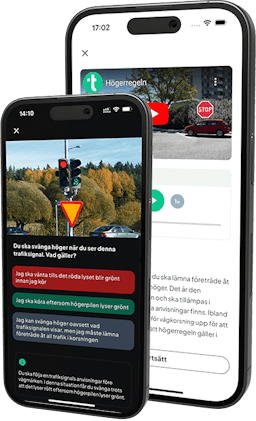Third Party Insurance
All registered motor vehicles used on the roads are legally required to have third party insurance. Third party insurance is the only type of insurance that is obligatory; other types of insurance are optional.
The insurance policy must be taken out by the owner and person who primarily drives the vehicle. If you allow somebody else other than the primary driver to be the owner and policyholder, then there is a risk that you will not get compensation if anything happens.
Examples of damage covered by third party insurance:
- All personal injuries. This applies both to the driver and passengers, regardless of who is responsible for causing the accident.
- If you cause an accident that damages another vehicle, your insurance will cover damage to the other vehicle.
- If you are involved in an accident where another vehicle causes damage to your vehicle, then their insurance will cover the damage.
- If you collide with something other than another motor vehicle, such as a road sign or lamp post, your insurance will cover the property damage.

Partial Insurance (Partial Casco Insurance)
Partial insurance normally covers theft, mechanical damage, fire, industrial property rights, rescue insurance and standstill insurance.
Fully Comprehensive Insurance (Motor Vehicle Damage Insurance)
Fully comprehensive insurance covers everything included in partial insurance. In addition, it covers damage to your own vehicle in various road accidents, even if it is you that has caused the accident. The insurance can also cover other costs such as towing costs, for example.
Right of Recourse (Right of Recovery)
Right of recourse, also known as right of recovery, means that the insurance company can reclaim compensation paid. This can happen if the damage has been caused by negligence or driving under the influence of alcohol.


